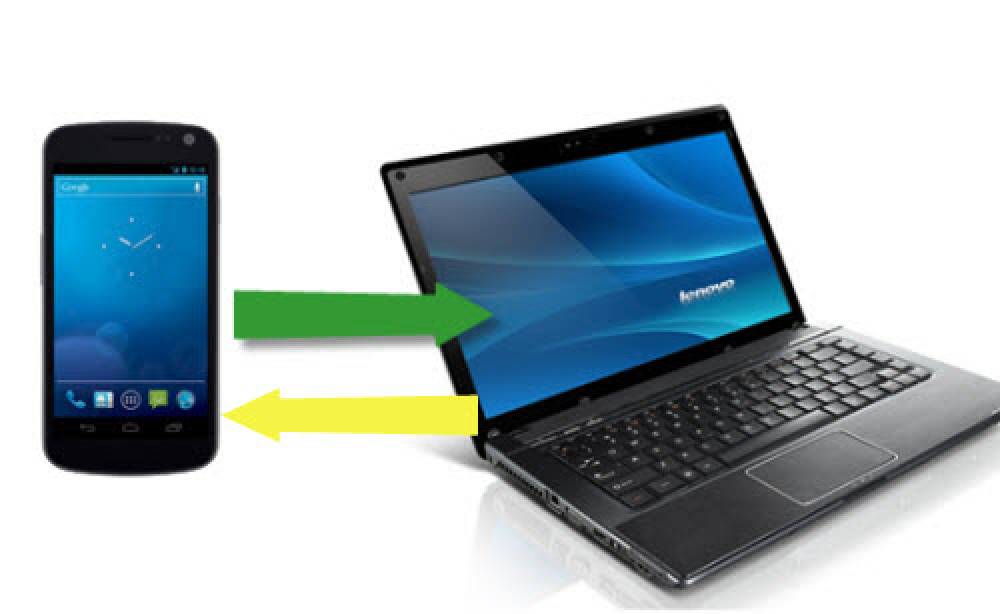
How To Transfer Files Wirelessly From PC To An Android Device
How to Transfer Files Wirelessly From PC To An Android Device
Because modern technology has trained us to expect instant data receipt and transmission, it's critical to understand how to transfer files quickly across a variety of devices, including smartphones and tablets. The old-fashioned way of transferring files between an Android device and a computer is to connect the devices via a cable, but this is a time-consuming and difficult to navigate process.
Instead, consider wireless file transfers as an alternative. Using a PC to transfer files to and from an Android device is fairly straightforward once you've learned the proper technique. In contrast to Apple users, who can wirelessly transfer files between iOS and macOS by using AirDrop, Android users must use their imagination.
The fact that Android file transfers require the use of a third-party application does not rule them out entirely. Documents can be transferred to both Windows and Mac computers due to the ease with which files can be transferred without regard to the destination operating system, as opposed to AirDrop.
If you're looking for the most efficient method of wirelessly transferring files from your computer to your Android device, here are the best choices available.
Using a Wi-Fi Network (WLAN) to Transfer Files from Your PC to Your Android Device
The most efficient method of transferring files between your PC and Android device is through the use of a shared wireless network connection. This can be accomplished through the use of a variety of apps, including WiFi File Transfer for Android and Air Transfer for iOS. Wireless file transfers are also supported by a number of file browsers. Simply launch the app, browse through the contents, copy the contents, and paste them into the appropriate folders on the other device. In most cases, file browsers can be found in the network section, WLAN section, or something along those lines. It conducts a search for available devices, from which you can choose the one that you require.
Using a Wireless Media Reader to Transfer Files

Portable NAS (Network Attached Storage) drives and wireless media readers are becoming increasingly popular for managing media files and files on the go. They are loaded with media via SD card or USB drive, and the media can be accessed by using the device's built-in WiFi hotspot to connect to the internet.
The primary characteristics of network attached storage (NAS) drives or wireless media readers are their ability to be accessed by multiple users at the same time and their ability to be used without the need for a network connection. In addition to being a phone or tablet case, the majority of them are also power banks, allowing you to use your device for longer periods of time.
Using Bluetooth to transfer files between Android and PC
In the early days of smartphones, Bluetooth was the most convenient way to exchange small amounts of data with other devices. It is not the most efficient method of file transfer for large downloads but it is a convenient one for smaller ones. Furthermore, because the vast majority of current-generation laptops are Bluetooth-enabled, the process of configuring them is a breeze.
1. Ensure that the Bluetooth function on your computer is enabled. This icon will appear in the System Tray if this option is enabled in the preferences menu. Regardless of whether Bluetooth is enabled or disabled, the icon will appear in the Action Center as well.

2. After Bluetooth has been enabled, right-click the System Tray icon and select Add a Bluetooth Device from the context menu.

3. In the Bluetooth Settings window, click on Add Bluetooth or other device to begin the process.


4. From the Add a Device pop-up menu, select Bluetooth to begin searching for your Android device. To reactivate search and find functionality on Android, you may need to open your Bluetooth settings and tap the refresh icon twice; otherwise, Windows will not recognize the feature.

5. Once the device appears, select it by clicking on it. It is also possible that you will need to select the PC name on the Android device while Windows is attempting to connect to it.

6. Your PC will display a code to confirm that you are connecting to the correct device; this code should also appear on the screen of your smartphone or tablet. Examine the codes to ensure that they are the same, and then click Yes.

7. Once you have clicked Next, your two devices should be paired and ready to swap files in the same way that two mobile devices would.


